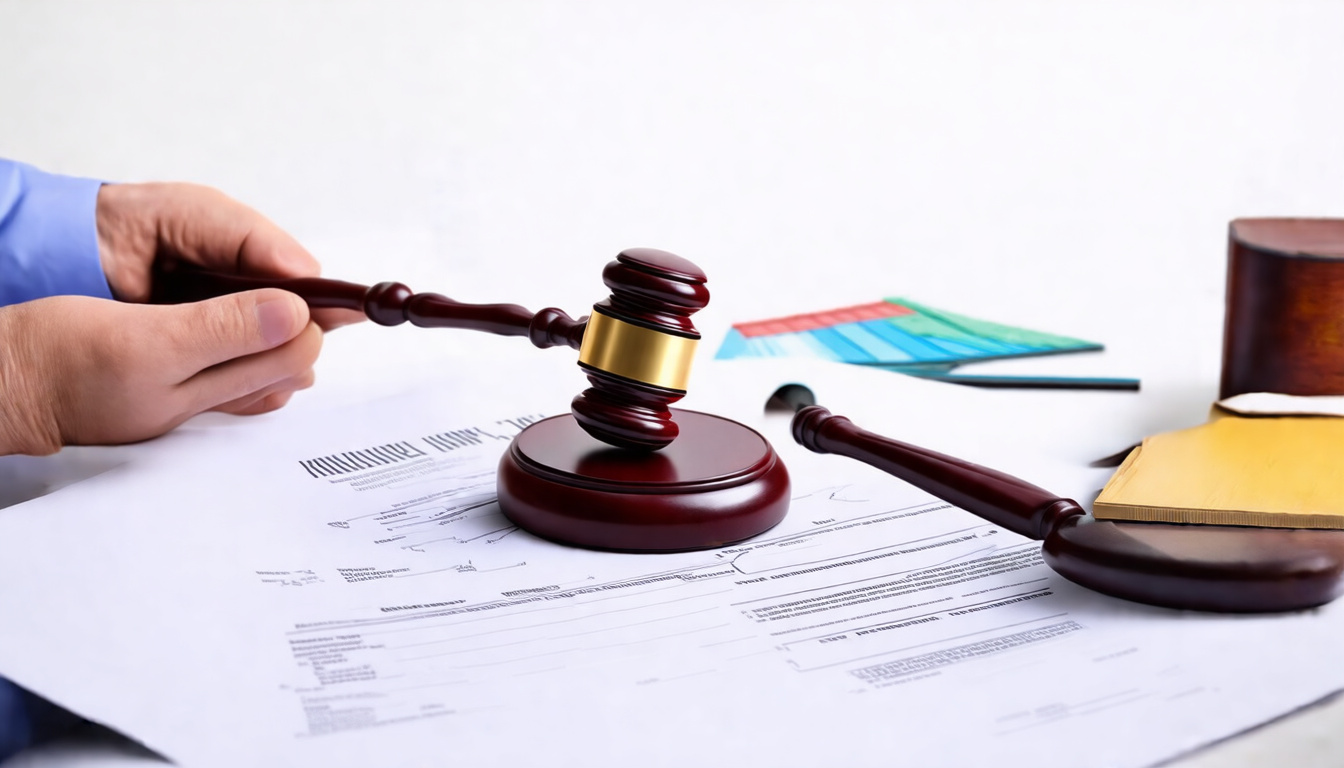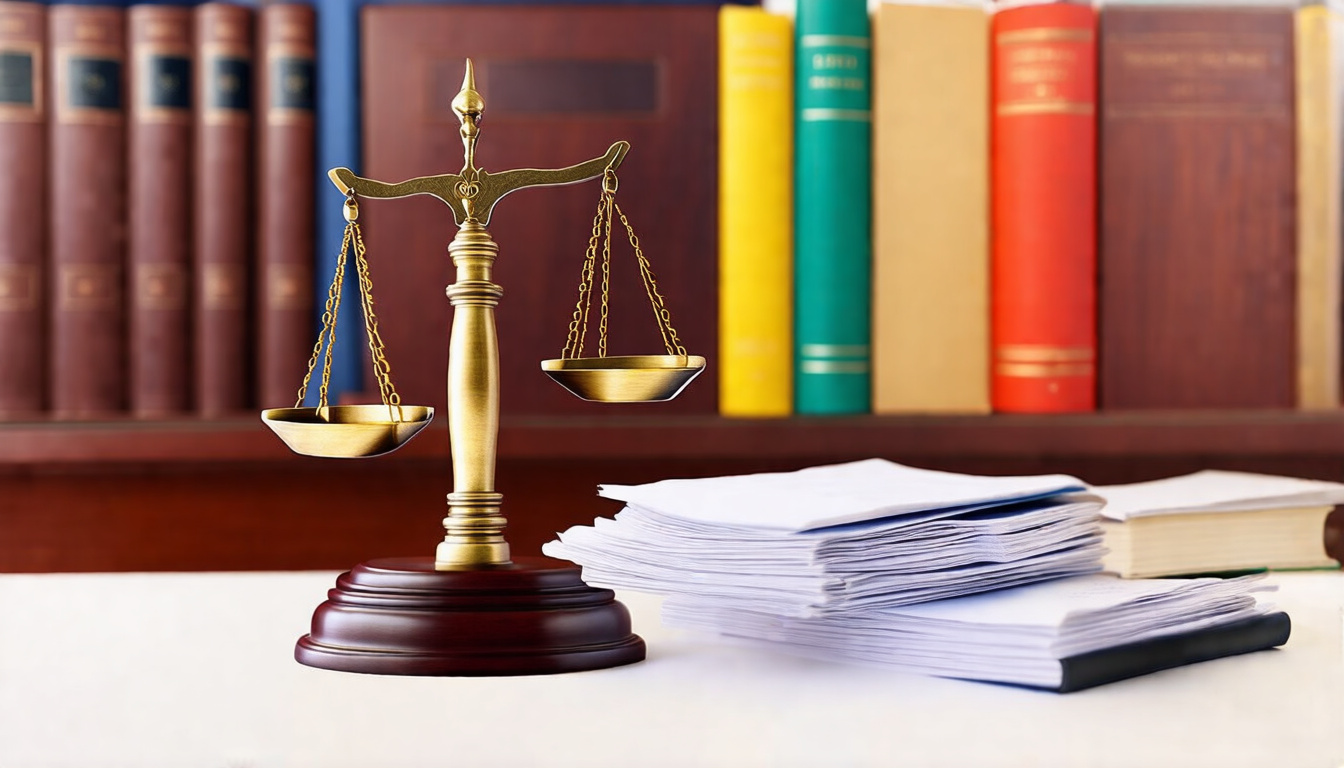Civil liability stands as a key legal idea. It binds individuals and groups to fix harm. The law holds those who hurt others to pay for damages. Whether you own a business, work as a professional, or live as an ordinary citizen, knowing civil liability helps you settle disputes and guard your rights. In this article, we explain civil liability, show its types and core parts, list common defenses, and reveal its effect in different areas.
What is Civil Liability?
Civil liability means one side must fix losses caused by wrongful acts, missed actions, or carelessness. The law demands compensation when harm occurs. Unlike criminal liability—which punishes behavior against society—civil liability settles quarrels between private parties. Money or specific fixes often follow. The term spans injury claims, property damage, broken contracts, malpractice, and defective products. Knowing this makes clear when the law requires repair for harm.
Key Principles of Civil Liability
Civil liability rests on a few simple links:
- Duty of Care
The defendant holds a duty to look after the plaintiff. - Breach of Duty
A breach happens when the duty is broken through acts or omissions. - Causation
The plaintiff must show the breach directly spun harm. - Damages
The plaintiff must suffer real loss—be it physical, financial, or emotional.
These close ties form the four parts of negligence, the usual base for claims.
Types of Civil Liability
Each form of civil liability links a cause and effect in different ways:
• Negligence Liability: Stems when someone fails to use proper care. For example, a driver who runs a red light and causes an accident.
• Strict Liability: Applies when fault need not be shown. It takes hold in dangerous acts or with faulty products.
• Vicarious Liability: Makes one answer for another’s act. An employer bears the weight when an employee harms others at work.
• Contractual Liability: Appears when breaking a contract leads to damage for the other side.
Legal Implications of Civil Liability
Civil liability creates clear links between harm and duty. It usually leads to payment for damages. These payments may cover real losses (compensatory), punish wrongdoers (punitive), or stop ongoing harm (injunctive relief). Civil cases go through pleadings, discovery, trial, and sometimes mediation or arbitration. Liability can lower business reputation, weaken trust, and raise insurance costs. Knowing these risks encourages better safety measures, training, and adherence to rules.

Common Defenses Against Civil Liability
When faced with a liability claim, defendants can rely on these defenses:
- Contributory Negligence
The defendant claims the plaintiff’s own carelessness partly caused the harm. - Assumption of Risk
The defendant argues the plaintiff knew and accepted the risk. - No Duty Owed
The defendant states that no duty of care existed under the facts. - Causation Not Established
The defendant disputes that their act directly led to the harm.
Civil Liability in Different Contexts
Civil liability weaves into many areas:
• Personal Injury Law
A person injured by another’s slip can claim medical costs, lost pay, and pain.
• Professional Malpractice
When doctors, lawyers, or accountants fall short of care standards, they’re held liable.
• Product Liability
Faulty or dangerous products may force a company to pay for injuries.
• Environmental Liability
Pollution or neglect of environmental laws brings legal responsibility.
How to Manage and Mitigate Civil Liability Risks
Controlling civil liability risks builds a safer path:
• Run careful risk checks.
• Keep a steady liability insurance plan.
• Use clear policies and regular safety training.
• Save detailed records of actions.
• Talk to a legal expert when dealing with contracts or risk issues.
Frequently Asked Questions (FAQ)
Q: What sets apart civil liability from criminal liability?
A: Civil liability means compensating for harm between parties. Criminal liability punishes actions against the state.
Q: How do I prove civil liability in a negligence case?
A: You must show a duty existed, the duty was breached, the breach caused harm, and you suffered a loss.
Q: Can businesses be liable for employee actions?
A: Yes. Vicarious liability holds employers responsible for acts in the scope of employment.
Authoritative Source
For more insight into civil liability principles and cases, visit the American Bar Association. Their guides offer clear, trusted legal advice.
Conclusion: Why Understanding Civil Liability Matters
Civil liability touches nearly every legal responsibility. It ties personal injuries, contracts, and professional acts in life. Knowing when liability applies helps you spot risks and seek fair repair when harmed. Whether managing a business or living day to day, a strong grasp of civil liability protects your interests. To secure your rights and finances, talk with a legal expert. Act now, as staying informed may give you both peace and security.
Author: Doyle Weaver, Attorney at Law
Home | Estate Planning | Personal Injury | Hill Country Lawyer | Terms of Service | Privacy Policy
© 2025 Digital Law Firm, P.C.
Disclaimer: The content provided in this blog is for educational and informational purposes only. It is not intended to constitute legal advice or establish an attorney-client relationship. The information presented does not address individual circumstances and should not be relied upon as a substitute for professional legal counsel. Always consult a qualified attorney for advice regarding your specific legal situation. The author and publisher are not liable for any actions taken based on the content of this blog.

Leave a Reply